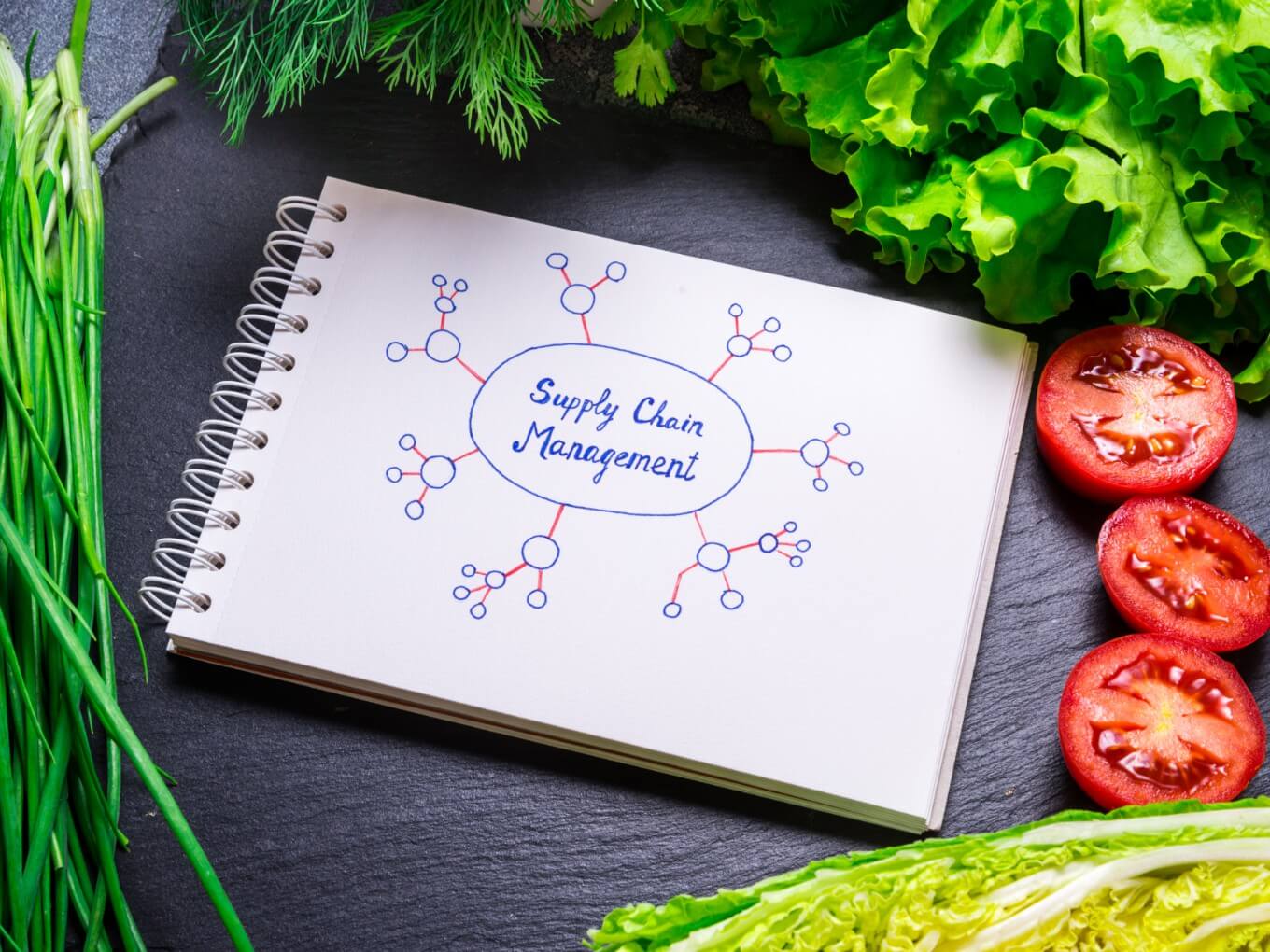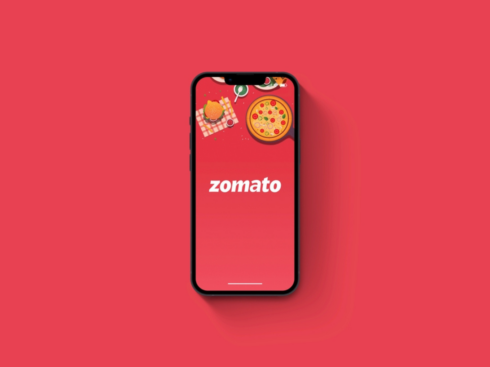
SUMMARY
This article discusses how the organisation of front-end is going to impact the rest of the supply chain
Zomato and Swiggy, in particular, have managed to trigger tectonic behavioural shift among Indian consumer
The pre-harvest leg of the food supply chain is also gradually but surely getting more organized
The Zomatoisation (or Swiggyisation or Big-basketisation for that matter) of food supply chain is transforming conventional, broken and supply-led chain to become more demand-driven, transparent and efficient. While Zomato and Swiggy are organising the restaurants’ end of the supply chain, likes of Jumbotail are making retail (kirana stores) more efficient and then there are likes of Bigbasket, Milkbasket, Licious, building direct to consumer channel for food and grocery.
Zomato and Swiggy, in particular, have managed to trigger tectonic behavioural shift among Indian consumer who are moving away from “ghar ka khana” (home-made food) to “ghar baithe khana” (food delivered at doorsteps). Interestingly, according to recent research by Quartz India along with Unomer, both Zomato and Swiggy are as popular in tier 2 cities as in tier I cities implying homogenisation of consumer aspirations across the board.
Thanks to continued investor trust in Zomato (raised over $400 Mn) and Swiggy (raised over $1.5 Bn) in building pan-India delivery platforms, the Indian consumers have the world on their plate with a click of a button.
This article discusses how the organisation of front-end is going to impact the rest of the supply chain. The impact is assessed in the four legs of the supply chain – Retail to consumer; Factory to retail; Farm to factory and Factory to farm. Hereunder are eleven emerging trends in different legs of food supply chain:
Retail To Consumer
#1: Consumers are more likely to “eat-in” than “eat-out”
The wave of eating out among Indian households picked up in the last couple of decades. The out-of-home-consumption expenditure increased multifold (estimated at about 20 % for top two tiers of consuming class) over last two decades in line with some of the western economies (US consumers spend about 35% of food expenditure on eating out).
We are now witnessing some sort of reversal of the trend from “eating out” to “eating in of outside food”. The choice, convenience along with value for money emerged as a strong value proposition for consumers vis a vis not-so-frequent experience of eating out. Clearly, the frequency of ordering food on the app is pacing out the eating out habit.
#2: Consumers are unlikely to walk away if there are no discounts
Though initially, I was sceptical about the sustainability of models primarily riding on discounts, I am a convert now. I believe that these models are going to stay forever than most of us believe. The key target customers for food delivery models are “millennials” (approx. 144 million in India) and “geriatric population” (approx. 104 million in India) who are likely to remain loyal to this format of food delivery – given the hardships involved in cooking at home.
Both consumer segments, though separated by a huge age difference, have swiftly adapted to app-based food ordering. The increasing cost and lack of availability of reliable household help is likely to accelerate the consumers’ addiction for food delivery format.
#3: Reincarnation of restaurants as cloud kitchens
Restaurants (except for select destination outlets) are either expiring or turning into cloud kitchen by choice or by compulsion. Waiters are being replaced by delivery boys. “Delivery cost” (typically varies between INR 50 to 100 per order) and not the “rentals or air conditioning” (typically 10 to 20% of revenue) is the expense head to look out for to figure out unit economics.
The challenge of “utilising space and manpower in off-peak hours” in a restaurant is replaced by the challenge of “optimisation of routes and manpower for delivery”. Cloud kitchens usually have better unit economics driven by higher utilisation of space and manpower, low rental cost and more efficiency in delivery.
#4: Restricted traceability for end consumers
The Increasing frequency of ordering prepared food from outside is likely to make consumers opaque to ingredients used in preparing food, unlike home-cooked food. In the world moving towards traceability, food delivery models will restrict traceability of food ingredients for end consumers. The consumers are unlikely to know what kind/type/ brand of rice, flour, oil, spices have gone into the food they are ordering and eating.
The food delivery companies may evaluate going one level deeper to include ingredients in the menu, in partnership with restaurants and kitchens, to give consumers that extra bit of confidence on use of healthy and safe ingredients.
Factory To Retail
#5: Food processing companies to build channels for Horeca/Retail/Direct to Consumer formats
The food processing companies dominated by SMEs need to build parallel supply chains for emerging alternate channels including hotels, restaurants and catering (Horeca); in addition to conventional retail-oriented supply chain. One challenge faced by SMEs supplying to Horeca is the stretched working capital cycle (debtor days typically between 90 to 120 days).
There is a need for innovative financing solutions for Vendors to Horeca. The front-end organisation would enable more transactional data getting captured for data mining to catalyse such financing across the supply chain.
While the supply chain (factory to retail) for non-food-FMCG (such as toiletries, cosmetics) is well organised because of organised/branded vendor base, the supply chain for food products particularly staples (rice, wheat flour, spices, condiments, dry fruits, oil, sugar etc) needs an overhaul in terms of standardisation of quality, better service levels and inventory management.
Jumbotail, ShopKirana and Superzop are some of the startups working on building a factory to retail supply chains. The initial traction points to the fact that kirana stores are onboard to look at alternate modes of ordering and supply which can help them optimise space, inventory and working capital.
#6: Emerging B2B vendor opportunity to supply raw material to cloud kitchens and restaurants
The middle leg of the food supply chain will eventually realign itself to respond to the organisation of last-mile delivery. There is a clear case for building a robust supply chain from factory/farm/mandis to restaurants/cloud kitchen.
There is an emerging B2B opportunity for centralised and organised purchase for many such fragmented kitchens. This will also enable quality control, improve economics and build traceability. It is an opportunity for Zomato as well as Swiggy to leverage their network and relationships with restaurant and kitchens to help them buy more efficiently improving their unit economics.
The restaurant industry is estimated at about $55 Bn and the delivery market at $15 Bn totalling to approx. $70 Bn which implies the purchase of about $35 Bn worth of raw material per year (assuming 50% super gross margins) translating into about $100 Mn supply opportunity per day.
Zomato’s acquisition of Hyper pure is an indicator of intent to build a seamless supply chain. The integrated supply chain will delayer some of the players in the “farmer-mandi-SME-distributor-kitchen”. There is also an option to partner with companies who are already working to build “farm-mandi-horeca-retail” supply chains including likes of Ninjacart, Krishihub, Agrowaves.
Although, the skill sets needed by food delivery companies for becoming supplier to kitchens are very different as compared to delivering food at doorsteps but B2B business does bring balance to B2C models and also enhance their stickiness with kitchens.
Farm To SME/Mandi
#8: Farm-to-fork startups to aid food supply chain organisation at the backend
Dozens of startups working on the backend of the supply chain are ideal partners for supplying products to the front-end start-ups for food delivery. A demand-led supply chain can not scale without organisation of the backend of the supply chain.
Ninjacart, Waycool, Jumbotail, ShopKirana, Superzop, Agrowaves, DeHaat, Krishihub, Zoofresh, Tenera Fresh and many others are building linkages, aggregation points, processes and quality control for timely, efficient and safe passages for various commodities including horticultural produce, staples and meat products.
The success of the back-ended models depends on their ability to reach closer to the farmer, build systems for quality control and partner with a front end for demand aggregation. This cannot scale without the participation of village-level entrepreneurs and Farm Produce Organisation (FPO). The models have the potential not only to generate employment in rural areas but also enhance farmer incomes.
#9: “Oyoisation” of agricultural land
The visibility of demand is the key to build an integrated supply chain. A lot of agricultural land in India is either unutilised or sub-optimally utilised. There is a case for leasing, managing and consolidating farmland with an objective of building “controlled production systems” to cater to the specificity and granularity of demand.
The risk at the front end arising out of the purchase of varying quality of products and volatility of prices (particularly in case of horticultural products) can be mitigated by developing controlled agriculture model where the variability in production is reduced to the minimum.
The likes of Himkara and Nature Valley Farms are attempting to consolidate land holding catering to visible and predictable demand. In addition, likes of Clover Ventures, Future Farms, Triton Foodworks, Absolute Foods are attempting to grow products in polyhouses/greenhouses/indoor farms/vertical farms by controlling the atmospheric condition to produce consistent quality of produce.
#10: Technology to drive quality control across the supply chain
Quality assaying, controls and monitoring of commodities from farm to fork will see a sea change. Till now assaying was confined to laboratories and was more or less hardware dependent.
The applications of mobile imagery in the grading of commodities will make it portable, affordable, accurate and objective enabling anytime-anywhere quality assessment. It will also enable online and remote transactions without the need for any physical samples.
The work done by likes of Agricx, Intellolabs and Agshift, Impact Vision in building models/algorithms for quality assaying of agri commodities augurs well for the much-needed disruption in quality assessment and controls.
Factory To farm
# 11: Farmer access to quality inputs, information and advisory to go up with agtech innovations
The pre-harvest leg of the food supply chain is also gradually but surely getting more organized. Though front-end organization has no direct bearing on it but ultimately it will play a key role in making supply chain seamless, transparent and traceable from the inputs used in growing crops all the way to food delivered to end consumers.
The farm monitoring tools developed by like of CropIn, Satsure, Farmguide are providing real-time, accurate and predictive information about the crop, water and soil. Sensors, Satellite, Smartphones, Spectrometers and SaaS are fast emerging as “5 S” of collecting and disseminating agdata. Real-time and accurate agdata is required not only to bridge the demand supply gap but also enable farmer access to institutional financing.
The input retail models like Agrostar, Bighaat, Gramophone are enabling access of crop advisory and quality inputs through a combination of offline and online mode.
To Conclude
We are seeing the beginning of disruption across all parts of the food supply chain led by innovations in products as well as services with technology as an underlying theme. It is evident that for “Zomatoisation” of the food supply chain to happen at the front end at scale, will require “Ninjacartisation” at backend and at some stage “Oyoisation of agriculture land” for end-to-end integration.
Let’s also not forget that organisation of food supply chain means nothing without mitigating the challenges around sustainability of agriculture arising on account of deteriorating soil health, depleting water table, climate change at the production end and food wastage, unbalanced nutrition at the consumer end. It is high time that to think the food supply chain in terms of “soil to stomach” instead of “farm to fork” to make sustainability aspects more inclusive to supply chain.


























